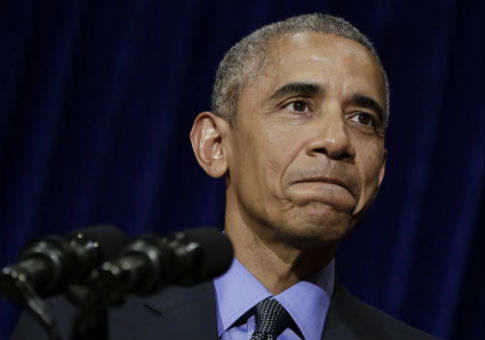Premiums will increase significantly next year by double-digit percentages under the Affordable Care Act, and many consumers will be left with only one insurer option, the Obama administration said Monday.
The news comes two weeks before the presidential election and could bring President Obama's signature health care law back into the spotlight on the campaign trail.
The Department of Health and Human Services came out with a new report detailing the rising costs that will hit Obamacare customers next year, the Associated Press reported.
Before taxpayer-provided subsidies, premiums for a midlevel benchmark plan will increase an average of 25 percent across the 39 states served by the federally run online market, according to a report from the Department of Health and Human Services. Some states will see much bigger jumps, others less.
After key health insurers like Aetna, BlueCross BlueShield, Humana, and UnitedHealthcare, some of the nation's biggest, announced exits from the Obamacare exchanges, one in five customers will only have plans from a single insurer to choose from.
"Consumers will be faced this year with not only big premium increases but also with a declining number of insurers participating, and that will lead to a tumultuous open enrollment period," Larry Levitt of the nonpartisan Kaiser Family Foundation told the AP.
It has been estimated that premium costs in Arizona will skyrocket by 116 percent.
In some states, the premium increases are striking. In Arizona, unsubsidized premiums for a 27-year-old buying a benchmark "second-lowest cost silver plan" will jump by 116 percent, from $196 to $422, according to the administration report. Oklahoma has the next biggest increase for a similarly situated customer, 69 percent.
With the recent jump in costs and premiums, the total number of HealthCare.gov insurers will drop by 28 percent, from 232 this year to 167 in 2017.
A spokesman for the Department of Health and Human Services said that the headline rates are rising quicker this year than in previous years.
"Headline rates are generally rising faster than in previous years," HHS spokesman Kevin Griffis said. But "headline rates are not what [most consumers] pay," he added.
